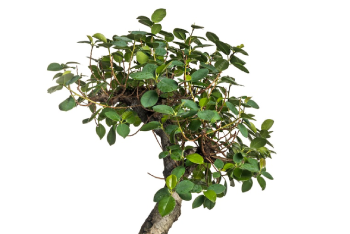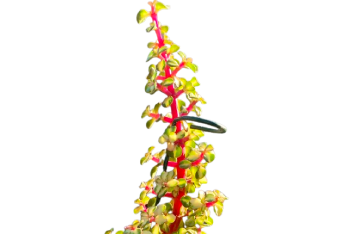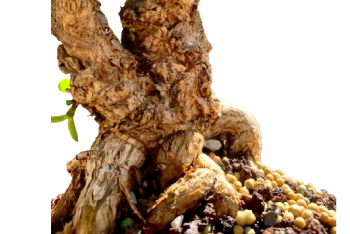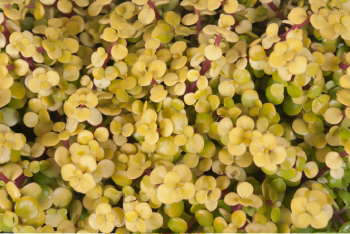Portulacaria Afra
This page is focused on a single species of tree, Portulacaria Afra (Dwarf Jade, Elephant Food, Spekboom). There are many varieties of Portulacaria Afra:
Varieties

P. Afra
Lorem ipsum dolor sit amet, consectetur adipiscing elit, sed do eiusmod tempor incididunt ut labore et dolore magna aliqua.

P. Afra
Lorem ipsum dolor sit amet, consectetur adipiscing elit, sed do eiusmod tempor incididunt ut labore et dolore magna aliqua.

Medio Picta / Kaliedoscope
Lorem ipsum dolor sit amet, consectetur adipiscing elit, sed do eiusmod tempor incididunt ut labore et dolore magna aliqua.

Cork Bark / Rough Bark
Lorem ipsum dolor sit amet, consectetur adipiscing elit, sed do eiusmod tempor incididunt ut labore et dolore magna aliqua.

Lilliput
Lorem ipsum dolor sit amet, consectetur adipiscing elit, sed do eiusmod tempor incididunt ut labore et dolore magna aliqua.

Aurea
Lorem ipsum dolor sit amet, consectetur adipiscing elit, sed do eiusmod tempor incididunt ut labore et dolore magna aliqua.
FAQ
Frequently Asked Question
Portulacaria Afra, often referred to as a “Port”, is a semi-evergreen succulent tree also known as Port, Dwarf Jade, Elephant Food, Elephant Bush or Spekboom. Ports are indigenous to South Africa, but can be planted in the ground in the southern part of the US anywhere from Florida to California.
If you live in a warm/sunny part of the southern USA you can plant it in the ground. Otherwise a potted port should be placed outside in full sunlight until temperatures go below 50 degrees Fahrenheit. At that point they should be brought indoors and placed on a sunny south facing window sill. A grow light may be necessary if your window sill isn’t bright enough.
Ports do great indoors under grow lights, assuming you use a strong enough grow light. A small IKEA LED stick grow light will not be strong enough to keep your port happy. Stick grow lights like this pull about 10W of power. You can get an LED grow light on Amazon for $70 that pulls 100W and is strong enough to keep several ports very happy all winter. A 100W grow light such as a “Spider Farmer SF100” would cover an area of 24”x24”.
It’s probably getting too much water and too little sun. To be sure, post a PHOTO and description of it in a port bonsai group such as the “Portulacaria Afra (Dwarf Jade) Bonsai Study Group” on Facebook.
Ports are typically
Dead: 35 degrees
Unhappy: 40 degrees
Not growing: 45-60 degrees
Growing Fast: 61-95 degrees
Stressed: 96+ degrees
In most of the USA this is necessary from late fall to early spring. It’s possible to keep a port on an indoor window sill for its entire life. To have a happy vigorous port you should put it outdoors with lots of sunlight.
If you’re not sure if it needs water, wait 3 days”
“The only way to kill a port is to water it too much”
One nice feature about ports is that they can go a very long time without water. I’ve let trees sit for 3 months without water and they survived just fine. They were dry and stressed at the end of that 3 months, but after a heavy watering they plumped up and were happy as could be.
How much water you give your port depends on many factors: Your location, temperature, humidity, what soil you use, how deep your pot is, etc. Generally you want to let the soil completely dry out between waterings. If your port sits in water for 5+ days straight it will start rotting. I keep my ports in well draining soil with lots of drainage and I water once every 5 days typically.
As much as you can give it. Ports love sunlight. As for minimum amount you should aim to give it at least 4 hours of direct sunlight or 8 hours of indirect sunlight. Longer duration of sunlight and increased intensity leads to more compact growth and smaller leaves. If you can’t give your port that much sunlight you should invest in a grow light to supplement.
This depends a lot on your watering schedule and location, but as long as your soil does not retain much water it should work fine. Miracle Grow Succulent Soil works well in most situations. I like to use 50/50 mix of Pumice/Lava Rock because it drains well, doesn’t compact, and guarantees fine roots which is desirable for bonsai.
As a preventative I like to use Bonide Systemic Granules. You spread the granules on the soil and 3 weeks later the plant is protected. The roots absorb the pesticides so that when a pest bites a leaf they die.
For treatment of an existing problem it depends on what pest you’re dealing with. Likely you’re dealing with Mealy Bugs or Aphids, neither of which are difficult to treat. Start by physically removing them by hand or with a q-tip dipped in alcohol. If the problem persists you can use a product called “Seven” sold online or at Home Depot. In shade: Spray the port heavily with Seven, wait 15 minutes, rinse off thoroughly with water, keep the tree out of direct sunlight until the next day.
